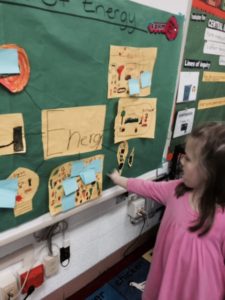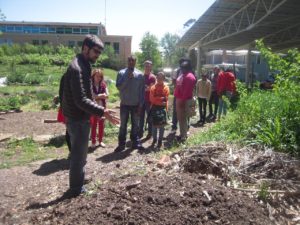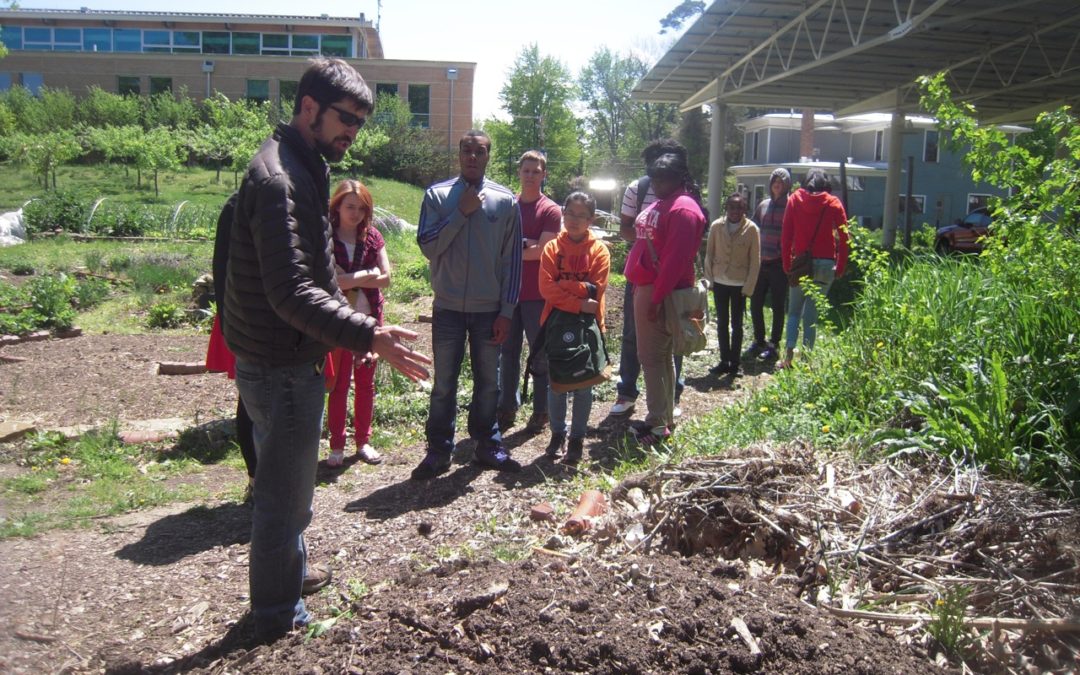By. Susan Santone, Founder and Executive Director of Creative Change Educational Solutions
The Common Core State Standards (developed by the National Governors Association Center for Best Practices and the Council of Chief State School Officers) are voluntary K-12 learning outcomes designed to ensure “college and career readiness.” In addition to Common Core, educators are also emphasizing “21st century skills” including the “Five C’s” of critical thinking and problem solving, communication, cooperation, collaboration, and creativity and innovation.
The idea behind these goals is simple: in our globalizing world, K-12 education must ensure everyone is ready to compete in the economy. Educational leaders have fully embraced this. The U.S. Department of Education’s mission statement highlights “preparation for global competitiveness,” and the Partnership for 21st Century Learning calls for “an education system that best prepares today’s students for tomorrow’s workplace.”
College, career, and the five additional C’s have immense value. But two additional C’s are needed to truly prepare students for the future: citizenship and community. College and career readiness and 21st century skills become meaningful when students apply them as responsible citizens in local and global communities. Guided by the concepts of citizenship and community, students ask questions such as “How will my career choices impact the larger world?” and “What is important to communicate and collaborate about?” In short, these two additional C’s define a larger purpose for all the others.
To integrate all of these C’s, educators must offer high-level learning experiences that engage students in academic, civic, and career challenges. It is a big job, but schools around the country are creating innovative programs that deliver results. Through Creative Change, I have guided these schools to develop and implement their programs. Working with such talented educators is a pleasure and an honor.
Let’s take a look at a few examples.
Example 1: Oberlin City Schools (Ohio)
Since 2012, Oberlin City Schools have been connecting its K-12 curriculum to the Oberlin Project, a community sustainability initiative focused on strengthening the local economy, expanding access to local food, and increasing the use of renewable energy (among other goals).
Oberlin is an International Baccalaureate (IB) district, meaning that teachers must not only meet Ohio standards, but also rigorous IB requirements. To do so, Oberlin has employed a systemic approach to professional development and leadership.
Their work began with a planning process involving administrators, lead teachers, and community members. After setting goals and expectations for integrating sustainability, teachers across grades and disciplines participated in professional development focused on interdisciplinary content, sustainability perspectives, and aligning these perspectives to Ohio standards and the IB framework. Guided by a curriculum redesign process, teachers created makeovers for units and courses. Examples:
- 2nd graders examined the role of human and natural systems in supporting the local economy.
- Students across grades monitored energy and water usage at school and in the community through user-friendly digital data ‘dashboards.’
- The 7th grade math class applied linear equations to study rates of mineral use and depletion.
- The 10th grade language arts course was redesigned to focus on food systems. Books such as The Jungle and An Omnivore’s Dilemma provided a compelling context for students to learn rhetoric, textual analysis, and writing.
This approach integrated multiple C’s. Students gained exposure to college and career pathways that benefit the community. Real-world issues such as food and resource use placed standards in a meaningful context. Each unit required collaboration, communication, and other skills. And, evaluation conducted by Oberlin College found lessons tied to dashboard data increased students’ system thinking skills.
Teachers were very enthusiastic about the impacts on students and fit with IB. “Kids went from me, me, me to we, we, we,” said a fifth grade teacher. A colleague added that the focus on sustainability “brought IB [units] to life.”
Below: First graders explore energy. High school students visit a community composting site.
Photo | Oberlin City Schools


Example 2: Washtenaw Technical Middle College (Michigan)
Located in Ann Arbor, Washtenaw Technical Middle College (WTMC) is a college-preparatory program that enables high school students to graduate with an Associate’s degree or certificate from Washtenaw Community College.
In 2012, WTMC started an interdisciplinary 9th grade program completely built around sustainability. Over the past four years, the teacher team has developed courses that deeply integrate all disciplines. (Request the first year report.)
One semester was devoted to the study of food systems. Students investigated the scientific, economic, and social dimensions of this complex topic–from energy use to workers’ rights. Courses were completely interdisciplinary and integrated.
This approach to learning not only supports the C’s, it demands it. Making informed decisions requires communicating as citizens. Creating solutions requires collaboration and understand the role of different careers. By making learning real, WTMC has provided an environment where students develop mastery of multiple skills.
The school’s work has not gone unnoticed. WTMC was named by Newsweek as one of the top ten high schools in the nation. This article notes their sustainability program.
Example 3: Baker, Oregon
In light of a growing emphasis on STEM (science, technology, engineering, and math), Baker, Oregon schools wanted to give their high school students opportunities to develop skills and explore new careers. The district found the perfect opportunity in an unexpected place: a local parcel of polluted property (a “brownfield”).
Cleaning up and redeveloping the parcel became the basis of an engaging new STEM course. The course led students through the same process engineers, scientists, and policy-makers use when working to revitalize brownfields: identify the site and its contaminants, study its reuse potential, and create a redevelopment plan with local stakeholders. The class integrated water quality, soils, chemistry, engineering, and public policy. Students also presented their findings to the community and brownfield professionals at a state conference (Download the full report). As one student noted, “At the beginning of our school year none of our class knew what a brownfield was. In these three months we have not only learned what they are, but how they impact water, soil, our environment, our economy, and most importantly, our community.”
Baker students present their findings at a state conference. Photo | Baker School District

Conclusion
Educators are rightfully focusing on college and career readiness supported by 21st century skills. Placing these goals in a larger civic context infuses these skills with purpose and relevance. Students will benefit—and so will their communities. I can think of no better definition of success.
Looking for more examples? Check out our website and download our white paper on curriculum transformation. Ready to talk about your ideas? Request a free consultation.
Wishing everyone the best in their educational endeavors!
Susan Santone: Santone@creativechange.net
About the Author
Susan Santone is the founder and Executive Director of Creative Change Educational Solutions. Through Creative Change, she has led multiple curriculum and teacher education initiatives with clients that include Big Ten universities and the United Nations. She is also an adjunct instructor in Teacher Education at Eastern Michigan University. She has published and presented widely on sustainability, ecological economics, educational equity, multiculturalism, and social justice.
About Creative Change
Creative Change is an educational nonprofit organization focused on curriculum transformation to improve achievement and equity. Districts and universities turn to us when they need more from their curriculum—when achievement is lagging, inequalities persist, or it is time for fresh thinking. We help educators recharge their curriculum and make learning about the questions students really have: Why are things the way they are? How is my world changing? How can my community be a better place? Can I make a difference in the world?
Customized professional development, one-on-one coaching, and a library of instructional resources empower educators to create learning experiences that are ahead of the curve. Our process is helping districts across the country achieve exceptional outcomes, especially in underserved communities. Students are learning to their highest potential. And that can change their lives.
sustainability.creativechange.net
@creative_change

